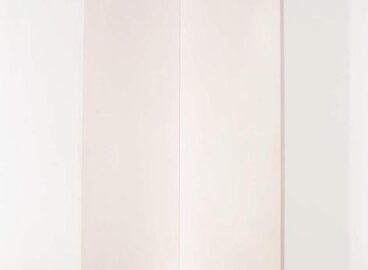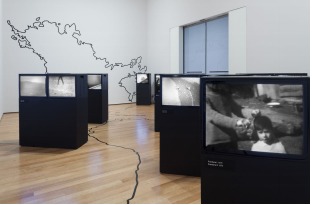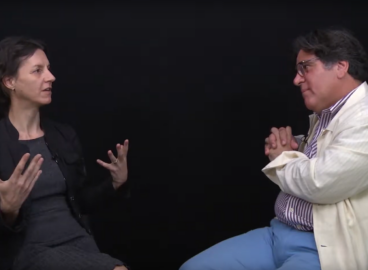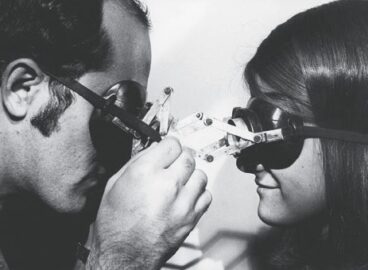Curator Luis Pérez-Oramas reflects on bringing these important contemporary Colombian drawings into MoMA’s collection.
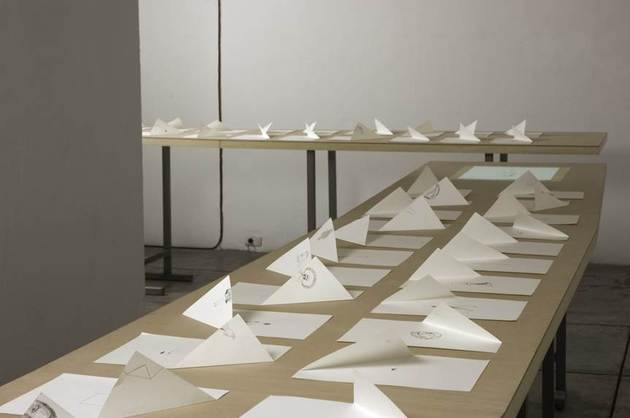
Colombian contemporary art has been notably characterized since the beginning of the twenty-first century by a renewal of the practice of drawing, that is, by an expansion of drawing, which has coincided with the exhaustion of a major civic and military conflict occurring in Colombia since the early twentieth century. By vindicating the operative minuteness and restraint of drawing as a way to imagine alternate worlds within a world of chaos, emerging Colombian artists have contributed to an entire renovation of their local art scene, stressing in countless ways the possibility of addressing the public realm in a context where public life is compromised by violence and illegitimate appropriation.
This conflation of the collective and the geopolitical with the minute intimacy of drawing is characterized by tactics of artistic production in which everyday practice and communal initiatives are privileged over conventional representations of history and heroism, the silence of mourning is privileged over the rhetorics of monuments and monumentalization, voyeuristic strategies are privileged over spectacularity, and, in general, a politics of small gestures that is materialized through artistic endeavors that reject overwhelming scale and grandeur. Nicolás Paris (born Bogotá, 1977) counts among the most significant protagonists of this renewal of drawing in Colombia. For Paris, a drawing is a tool to create a space of knowledge rather than a finished and finely crafted object—a field for the management of the uncertain, a coordinate for encounter, and a potential setting for transactional experiences and collective dialogue. His strategy takes place on an educational stage, as a pedagogical setting with the explicit aim of deconstructing the place of authority in order to put forward communal, horizontal, and mutual learning experiences.
Since the mid-2000s I have been in conversation with Paris in order to materialize a representative acquisition of his work. Knowing that the very foundation of his practice is a series of sixty-six folding and transformative drawings titled Doble Faz (Twofold), we aimed to get this work to MoMA. As the series really requires the programming of activities around it, and not only its flat exhibition, we were able to bring Paris to the Museum for a series of workshops in collaboration with the C-MAP initiative.
Paris began work on Doble Faz in 2000, when he was invited to produce a new version of a teacher’s guide for a public school in La Macarena, a remote region in the Colombian southwest that was, at the time, controlled by guerrilla and paramilitary armies. His exchanges with this community continued for eight years and resulted in this core work, which launched Paris’s unique voice as an artist. Conceived to be shown on a horizontal surface, the series consists of sixty-six small masterworks, each of which includes a front and a back that enter into a relationship when manipulated by hand. The work can thus be understood as sixty-six minimal depictions of time passing or as 132 drawings strikingly devoid of signature or manner—as if they were the result of printmaking, or an absolute, controlled, and cold hand. Here, the neutrality of the drawings conceal their mastery, giving way to their manipulation and to their transitional function in a collective exchange. Each drawing depicts a minimal event—a slow, minimal temporality that also features in every transformation, in the trace of the folding, and, ultimately, in the very special expansion of the work that happens when a viewer interacts with it.
In MoMA’s collection, Doble Faz joins other works by emerging Colombian artists, including José Antonio Suárez Londoño, Bernardo Ortiz Campo, Johanna Calle, Mateo López, and Gabriel Sierra.
